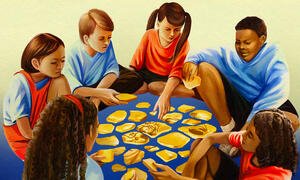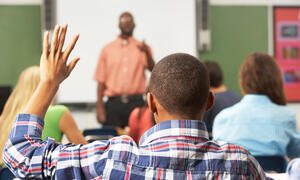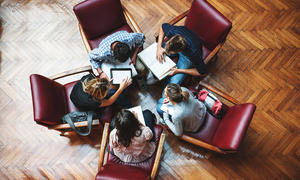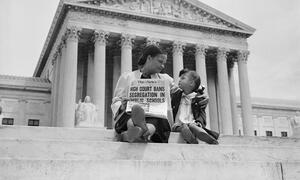the moment
Welcome to Learning for Justice!
As the school year starts, we extend a warm welcome—or a welcome back—to you! We hope you’ll take time to dive into our many resources, including our Social Justice Standards and One World posters. We appreciate you and all you do to create inclusive school communities for all students.
- Social Justice Standards
- One World Posters




